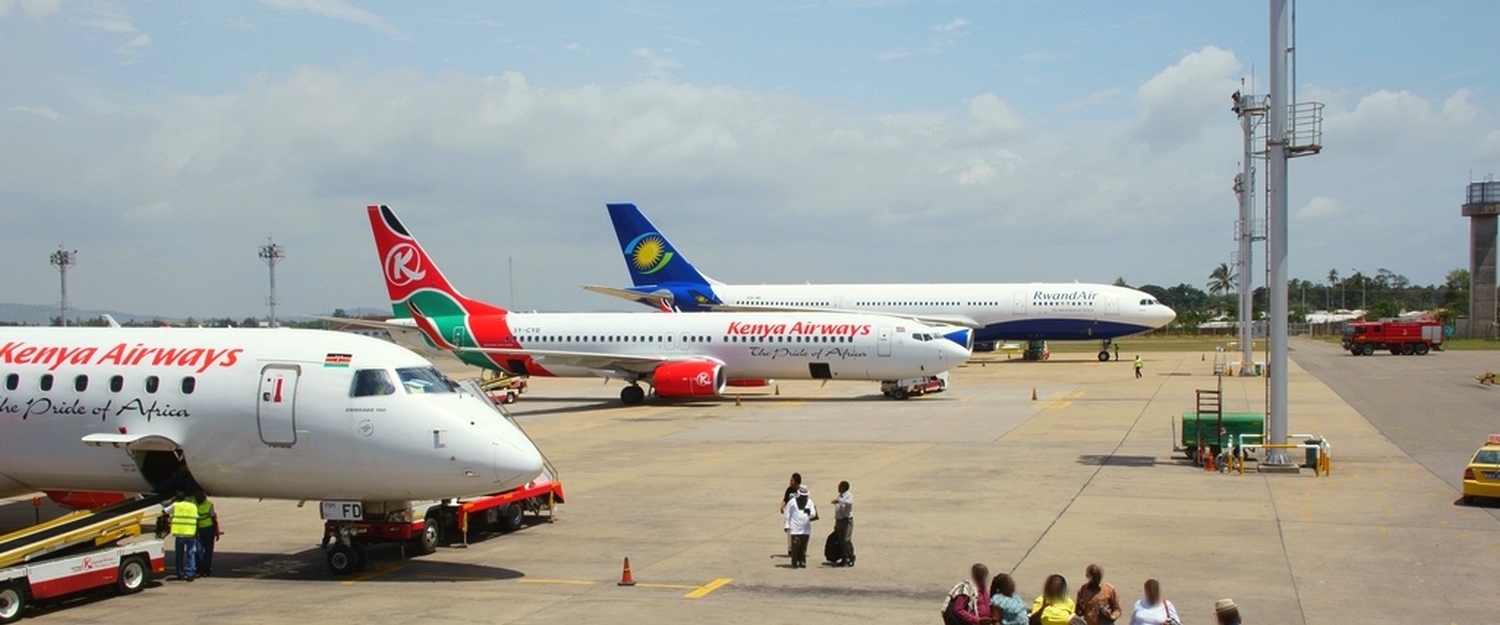Rwanda among top 10 places to see animals in the Wild
05/04/2013
By: McClatchy-Tribune News Service
With the thawing of winter in many parts of the world, animals and humans alike are starting to wake up and get outside. As avid wildlife watchers, members of VirtualTourist.com, a leading travel website, compiled a list of the “Top 10 Places to See Animals in the Wild.”
6. Volcans National Park—Rwanda
With only 850 mountain gorillas presently inhabiting the world, it’s amazing that 300 of them live in a country as small as the state of Maryland. High in the mountains of Volcans National Park in Rwanda, 18 mountain gorilla groups reside, 10 of which can be visited by tourists.
Since permits are required to visit the groups, VirtualTourist members suggest applying well in advance, especially if you plan on visiting during a peak time. Another thing to take into consideration: since groups range in their location, visiting one group might only take a short walk through a forest, but another group might be saddled with an hour and a half trek through dense growth.
However, members guarantee that visiting the gorillas is an experience of a lifetime. It’s also worth noting that it is a significantly shorter trek to their location in Rwanda than in the two other countries where they can be found, Uganda and the DNC.
1. Serengeti National Park—Tanzania
Northern Tanzania provides more opportunities to see large numbers of animals in the wild than possibly any other spot in the world. VirtualTourist members mentioned both Serengeti National Park and Ngorongoro Crater Conservation Area as prime spots to see animals in the wild. Both of these areas are famous for spotting the “big five,” a phrase coined by hunters in Africa referring to lions, elephants, buffalos, leopards and rhinoceros. Apparently, this phrase was coined because these five animals are the most difficult in Africa to hunt on foot, but now they refer to the animals visitors most want to witness on a safari.
The Serengeti area also provides a unique opportunity to watch animal migration in action. The wildebeest and zebras spend the rainy season from December to June in the volcanic open plains below the Ngorongoro Crater, where the grass growth is most productive and nutrient contents high. Once the rains stop in June, the animals move west towards Lake Victoria, and then migrate north into the Masai Mara, only to return to the Serengeti with the rain in December. It is one of the last great migratory systems intact and there are few opportunities to see over a million of any species, let alone just two, roam together.
2. Bandhavgarh National Park—Madhya Pradesh, India
Tigers are an animal many travelers would love to see, but unfortunately, the endangered species is increasingly rare. According to the WWF, there are only approximately 3,200 wild tigers with the largest population, the Bengal tiger, found primarily in India. A VirtualTourist member suggested Bandhavgarh National Park in Madhya Pradesh, India, as a great destination for spotting these in the wild.
Since 1993, the park has been considered a tiger reserve so it has the highest density of tigers in India, making it likely you’ll spot one during your visit. In addition to the Bengal tiger, the park is also home to more than 22 species of mammals including leopards, jungle cats, striped hyenas, jackals and Bengal foxes. A safari at the park can be experienced one of two ways: via jeep or on the back of an elephant. It should also be noted that the best time to visit is from mid-November to June.
3. Kangaroo Island—South Australia
Only 15 kilometres off the South Australian mainland, Kangaroo Island is a great site for seeing all kinds of animals, but two species in particular have drawn VirtualTourist members there: kangaroos and seals. One spot not to miss is Seal Bay Conservation Park, located on the island’s southern shore, where visitors can observe Australian sea lions via the self-guided boardwalk or opt for beach access through a guided tour. A
nother recommended location is Flinders Chase National Park, which is home to hundreds of kangaroos and New Zealand fur seals. While they are not an animal attraction, many members enjoyed photographing the Remarkable Rocks, a unique collection of rock formations also located in Flinders Chase National Park.
Although there is animal activity on Kangaroo Island year round, two times of year provide special sights. In the Australian summer (December to February), kangaroos and wallabies can be seen at dawn and dusk. It’s also the time when the Australian sea lion breeding season begins, so Seal Bay will be populated with cute pups. In Australian winter (June to August), kangaroo and wallaby joeys (babies) start to emerge from the mother’s pouch and feed alongside them, and southern right whales pass along the island’s shores during their migration from Antarctic waters.
(SOURCE : THE STAR : HERE)
A découvrir aussi
- Animal exhibition to boost cultural tourism
- Reforms in the tourism industry are paying off, [ World Bank Africa Tourism Report 2013]
- National Geographic Travel names Nyungwe Forest on its 20 Best of the World list


